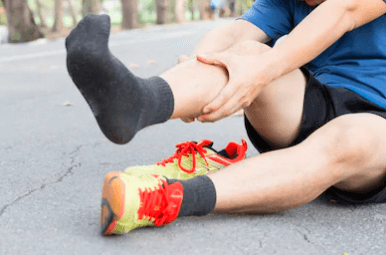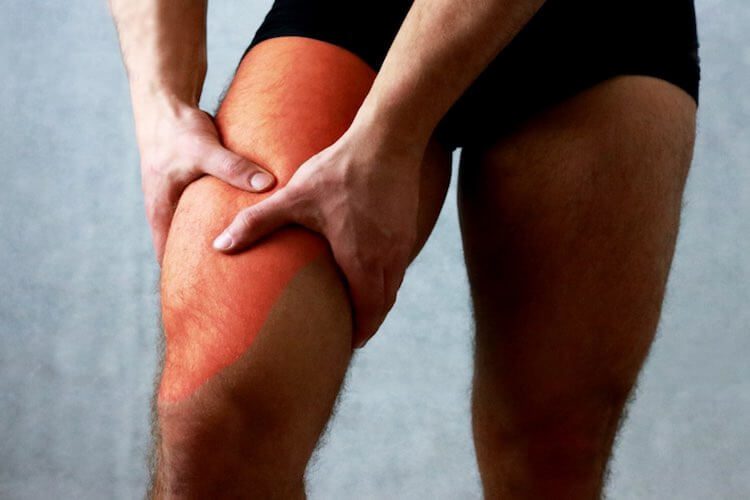Improve core strength
Various muscle groups are used while squatting. The core must be activated to stabilise you while you lift the weight. This is important for preventing injury. The necessary stabilisers (obliques, hip rotators, transverse abdominus and spinal erectors) adjust to the demands placed on them, and as a result, these core muscles are strengthened.
Injury Rehabilitation
Squats have long been used in rehabilitation to treat ailments such as ankle instability, knee ligament lesions, patellofemoral dysfunction and total joint replacement. The squat has a closed-chain nature that makes it a popular exercise choice in ACL reconstruction rehabilitation.
Enhance athletic performance
The squat is considered a ‘position of rest’ from which other movements are derived. It’s hard to ignore the functional benefits of the squat. The squat mirrors key movements such as the standing vertical jump and the sit-to-stand, which are movements made by most people on a daily basis.
Build strength
The most obvious benefit of squatting is improvement in strength. Depending on the weight, programming and repetition range, squats can increase lean muscle mass and improve neuromuscular activity. These are key components in maximising power and strength.
As you can see, squats have great potential and should be an essential part of your workout regime. Whether you are looking to improve your strength, enhance your athletic performance or recover from an injury, add some form of squats to your routine.
For information on what type of squats are right for you, please contact Sports Focus Physiotherapy.



